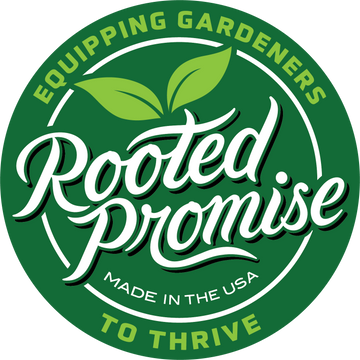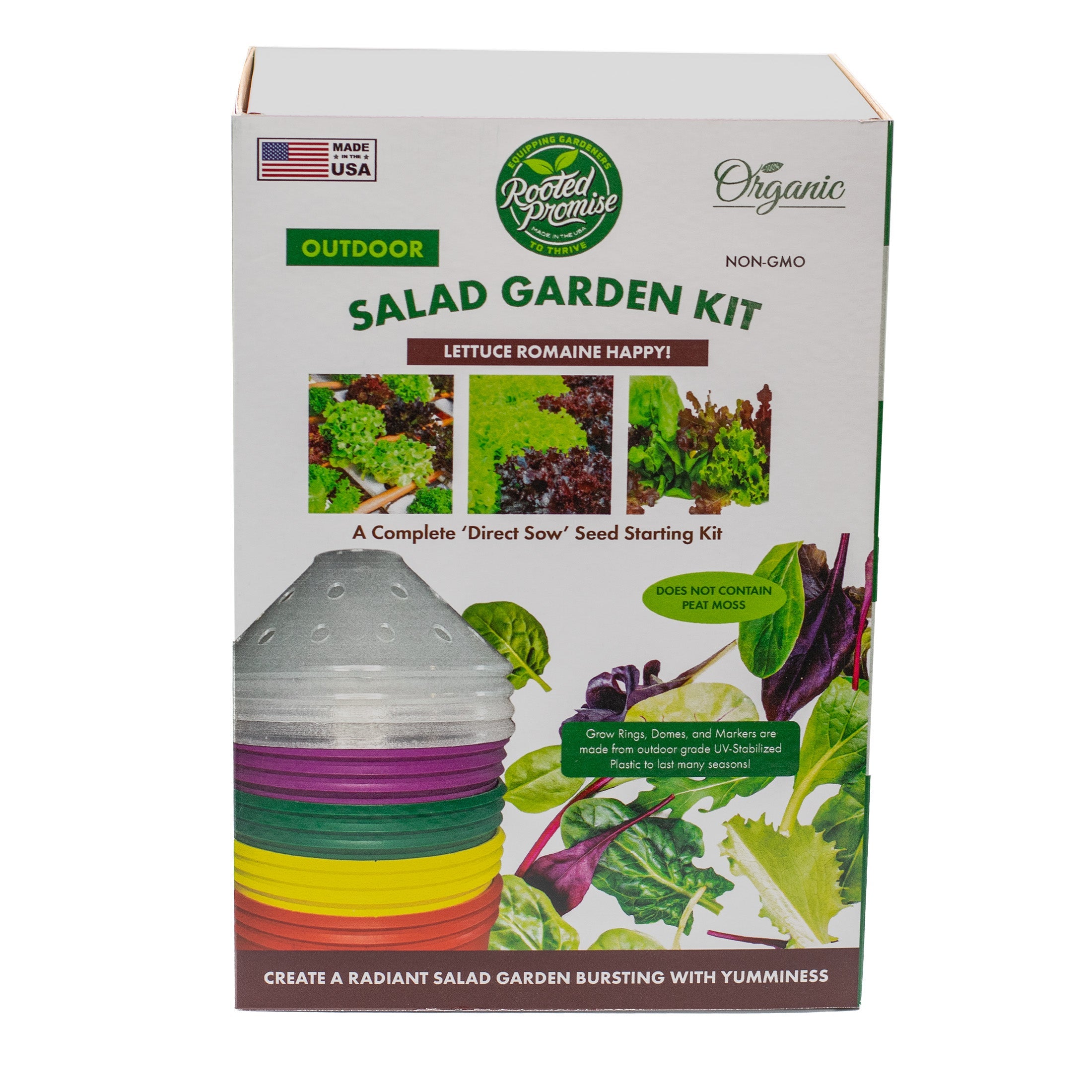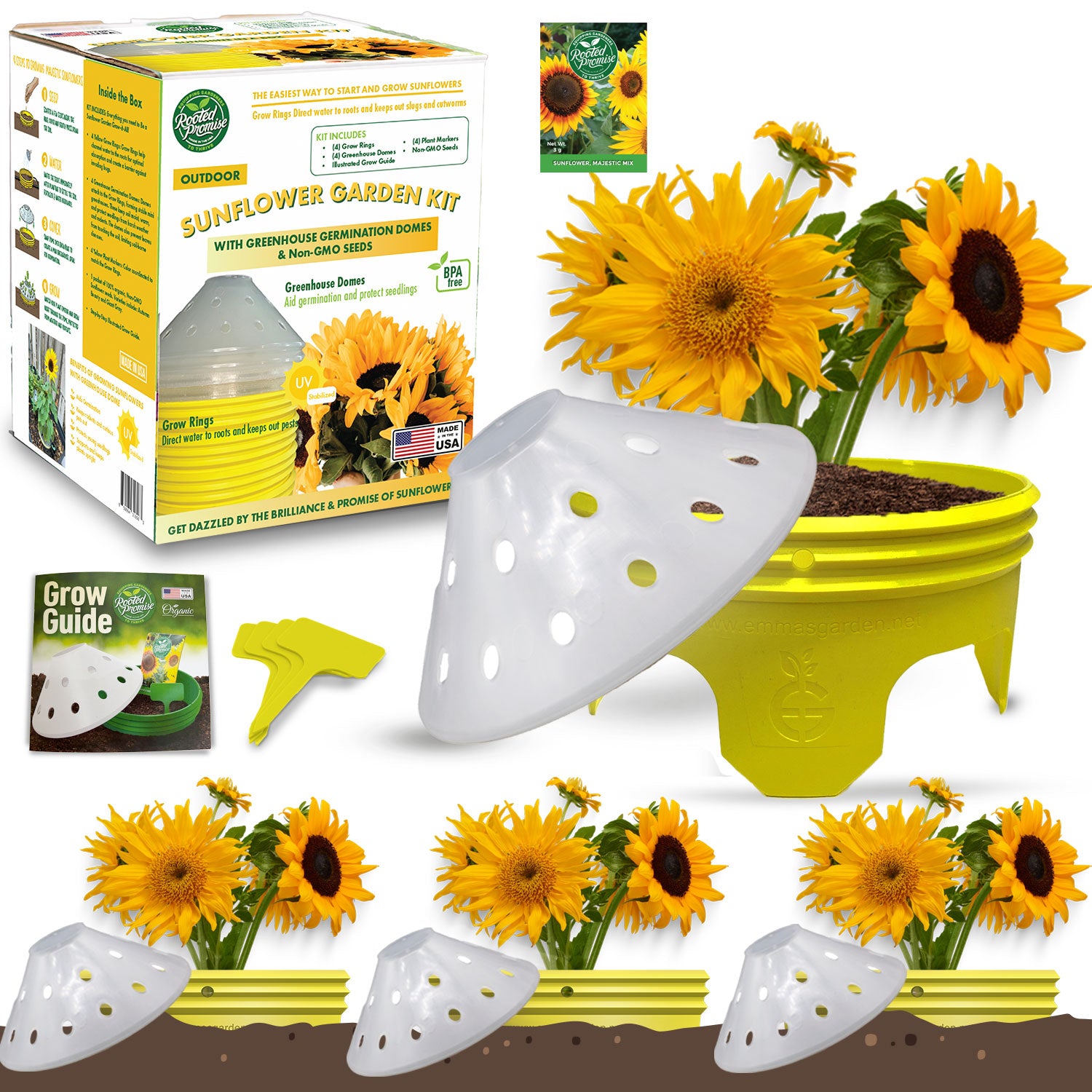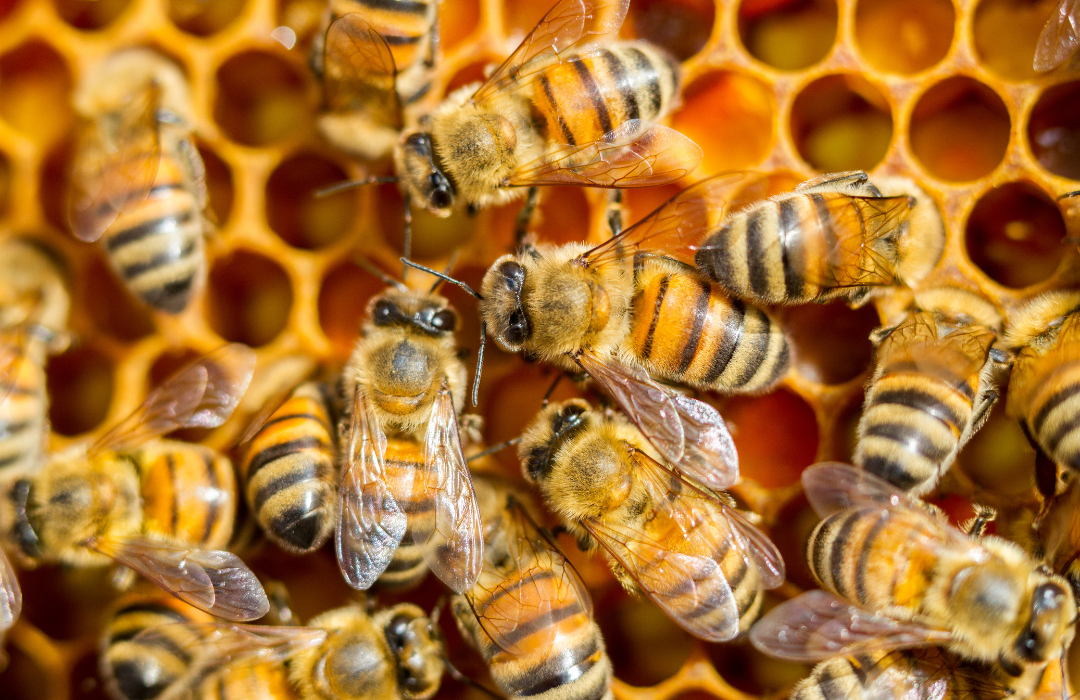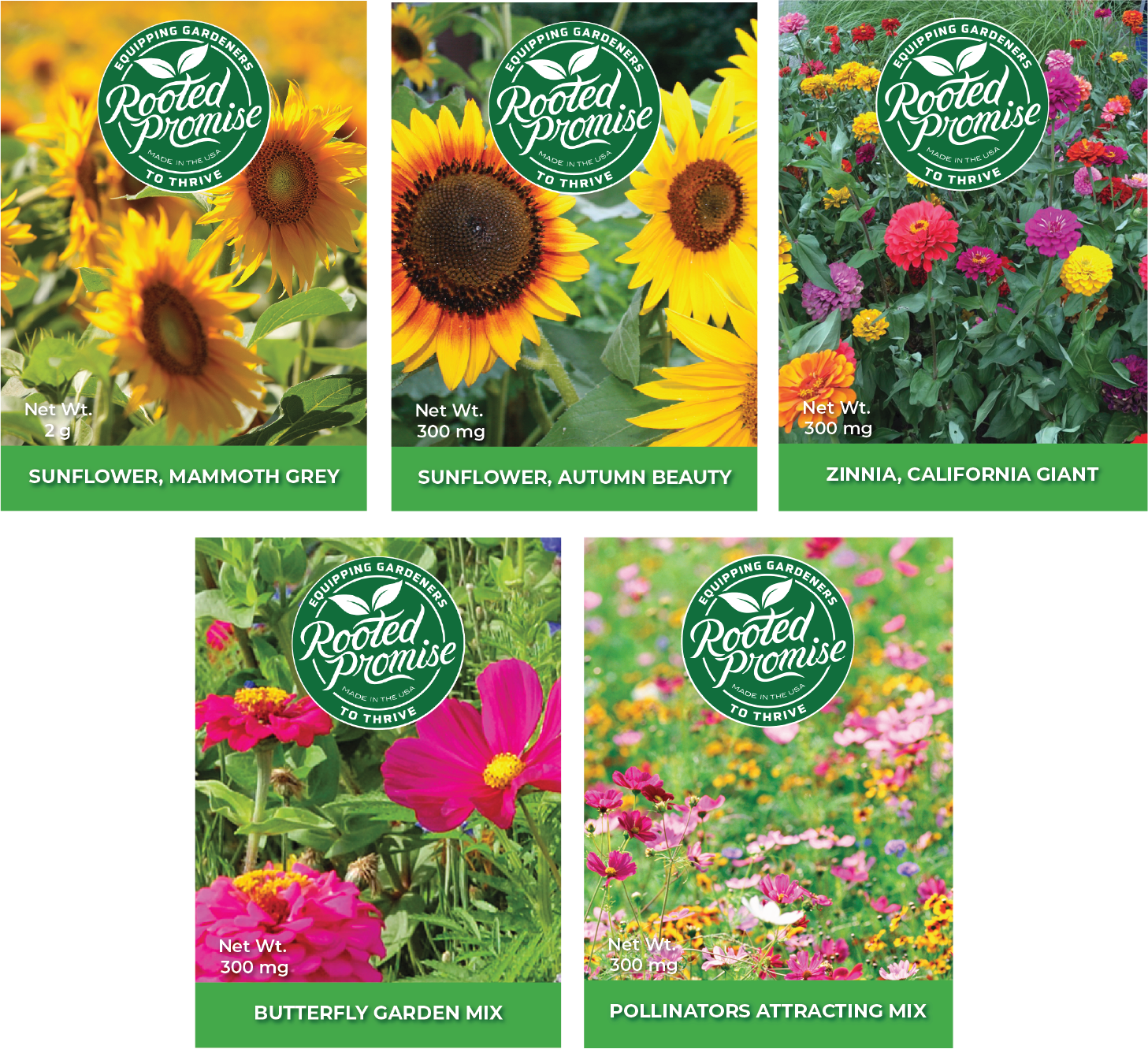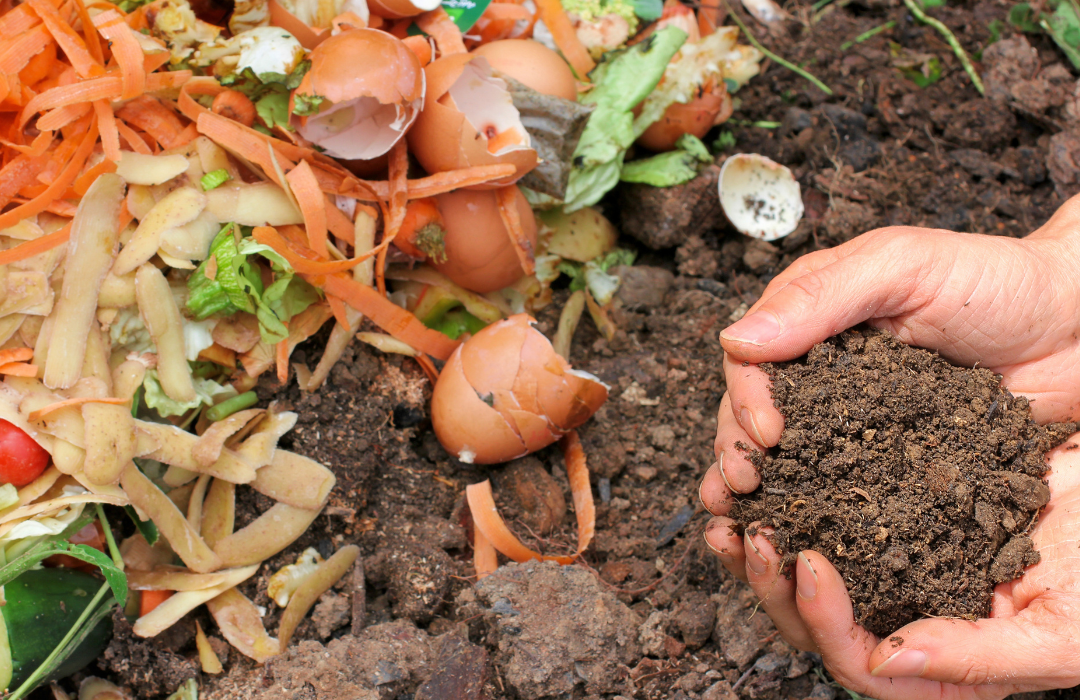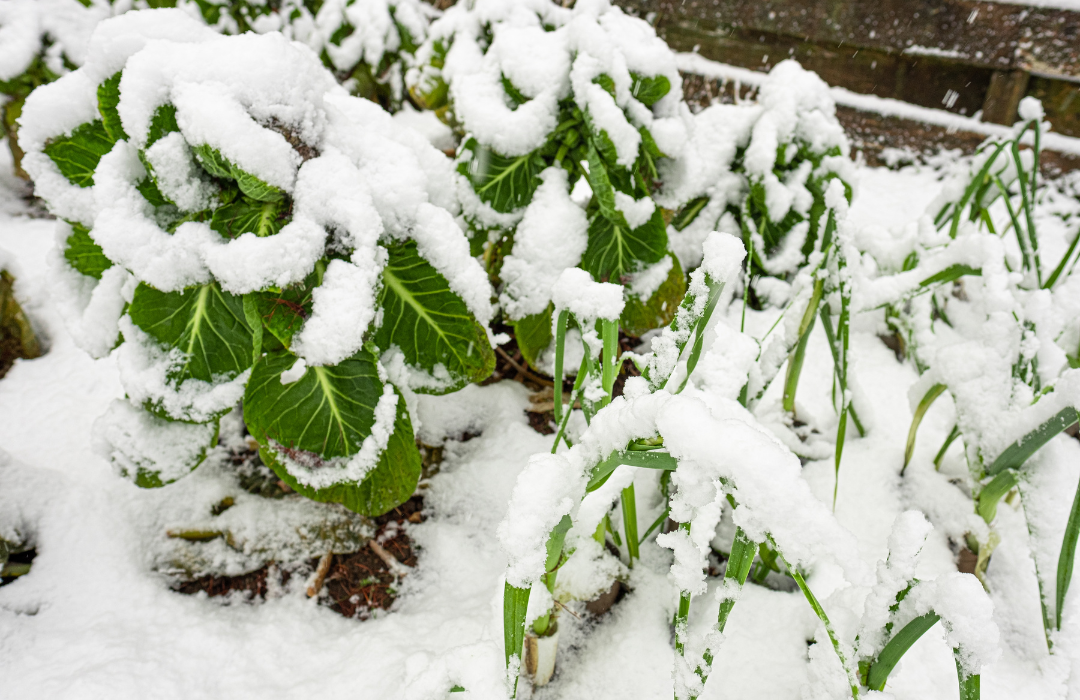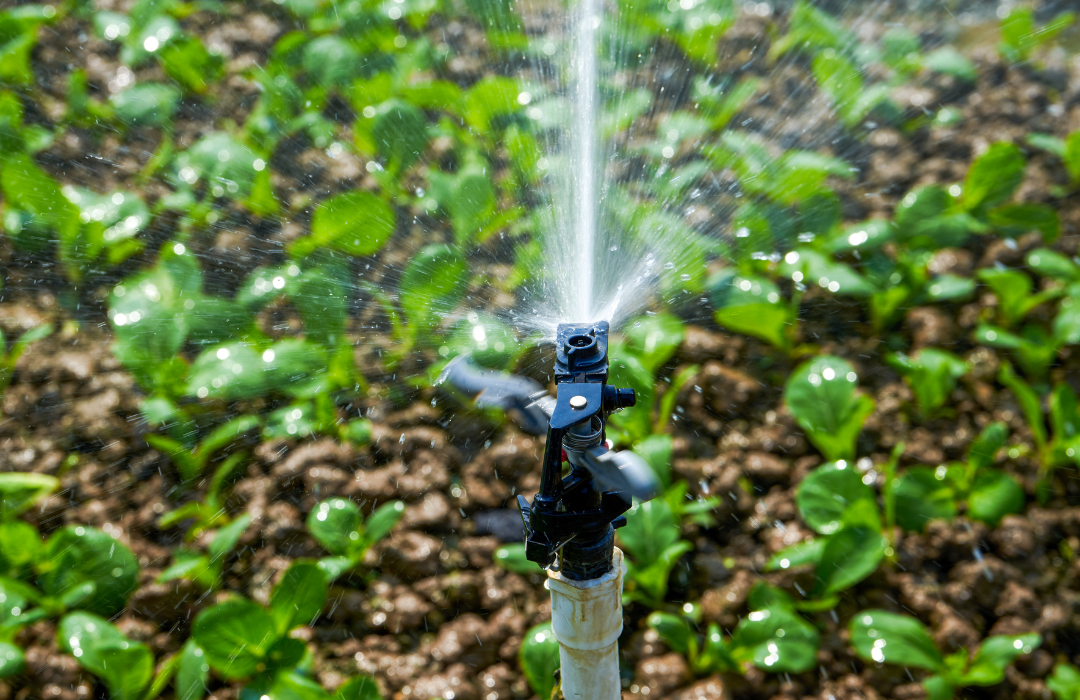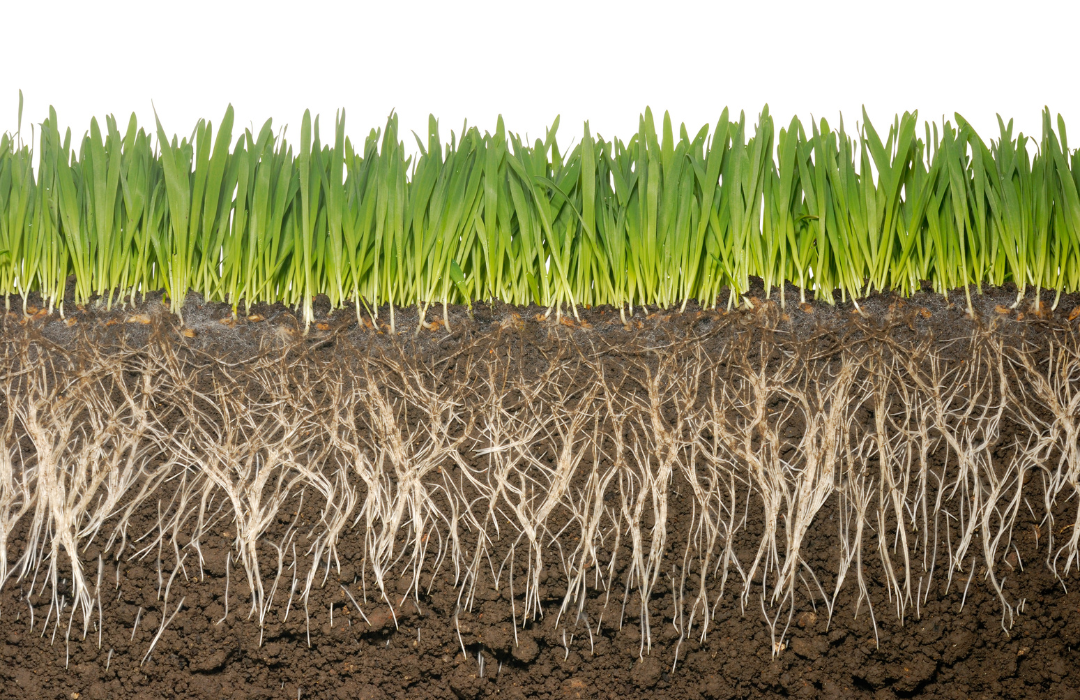Introduction
Honey bees are more than just tiny winged workers; they are the silent architects of our ecosystem, tirelessly pollinating the flowers that feed us. But how do we ensure these industrious insects remain happy and healthy? In honor of National Honeybee Day, we are delving into the heart of beekeeping, offering insights and tips on creating a thriving environment for our buzzing friends.
Table of content
-
The Importance of Honey Bees
-
Creating a Bee-Friendly Habitat
-
Providing Nutritious Food Sources
-
Ensuring Water Availability
-
Protecting Bees from Pesticides
-
Maintaining Hive Health
-
FAQs
-
Conclusion
The Importance of Honey Bees
Honey bees are pivotal to our agricultural success. According to the USDA, these pollinators contribute billions to the U.S. economy by fertilizing crops that include fruits, vegetables, and nuts. Without them, our food supply would dwindle, leading to economic and nutritional deficits. Thus, ensuring their happiness is not just an act of kindness but a necessity for our survival.
Creating a Bee-Friendly Habitat
Think of a bee-friendly habitat as a luxurious bee hotel with all the amenities. Just like humans thrive in comfortable environments, bees flourish when their surroundings cater to their needs.
A perfect bee habitat includes:
-
Diverse Flowering Plants: Plant a variety of nectar-rich flowers that bloom throughout the seasons. Consider native plants that are adapted to your local climate.
-
Safe Nesting Sites: Provide natural nesting sites like hollow stems or dead wood. Man-made bee houses can also offer shelter.
Providing Nutritious Food Sources
A well-fed bee is a happy bee. Ensure your garden offers a continuous supply of pollen and nectar.
Recommended plants include:
-
Lavender: This fragrant herb is a favorite among bees and provides abundant nectar.
-
Sunflowers: These towering giants offer both pollen and nectar, making them a double treat for bees.
-
Dandelions: Often considered weeds, dandelions are actually a vital early spring food source for bees.
Ensuring Water Availability
Just like humans need water, so do bees. A simple birdbath or shallow dish filled with fresh water and pebbles can make all the difference. The pebbles provide a safe landing spot for bees to drink without drowning. Another option is to put grated apples in a bowl with water so that the bees have something to rest on while drinking.
Protecting Bees from Pesticides
Pesticides are the silent killers lurking in many gardens. According to the EPA, using integrated pest management (IPM) techniques can help minimize harm to bees while controlling pests. Opt for organic methods or targeted treatments applied during times when bees are less active.
Maintaining Hive Health
For beekeepers, maintaining hive health is paramount. Regular inspections can help detect and manage common issues like varroa mites, diseases, and queen problems. The Extension Bee Health Program provides comprehensive guides on hive maintenance and disease management.
Key Takeaways
-
Honey bees play a crucial role in pollinating crops and supporting ecosystems.
-
Creating a diverse, flower-rich habitat helps sustain bee populations.
-
Nutrient-rich food sources and accessible water are vital for bee health.
-
Minimizing pesticide use protects bees from harmful chemicals.
-
Regular hive inspections ensure the wellbeing of managed colonies.
FAQs
What types of flowers are best for attracting honey bees?
Nectar-rich flowers such as lavender, sunflowers, and dandelions are excellent choices for attracting honey bees. Native plants are also highly recommended as they are well-suited to local conditions.
How can I provide water for bees without risking drowning?
A shallow dish filled with water and small stones or pebbles offers a safe drinking spot for bees. The stones provide a landing area where bees can drink without falling into the water.
What should I avoid to protect bees in my garden?
Avoid using broad-spectrum pesticides and opt for organic or targeted pest control methods instead. Applying treatments during times when bees are inactive (early morning or late evening) can also reduce risks.
Conclusion
The gentle hum of honey bees signifies more than just busy work; it symbolizes the delicate balance of nature that sustains us all. By taking steps to create a bee-friendly environment, we not only support these vital pollinators but also nurture our own ecosystems. So, let's roll out the red carpet for our buzzing friends and ensure their happiness for generations to come. For further reading on how you can make a difference, check out resources from the Xerces Society.
